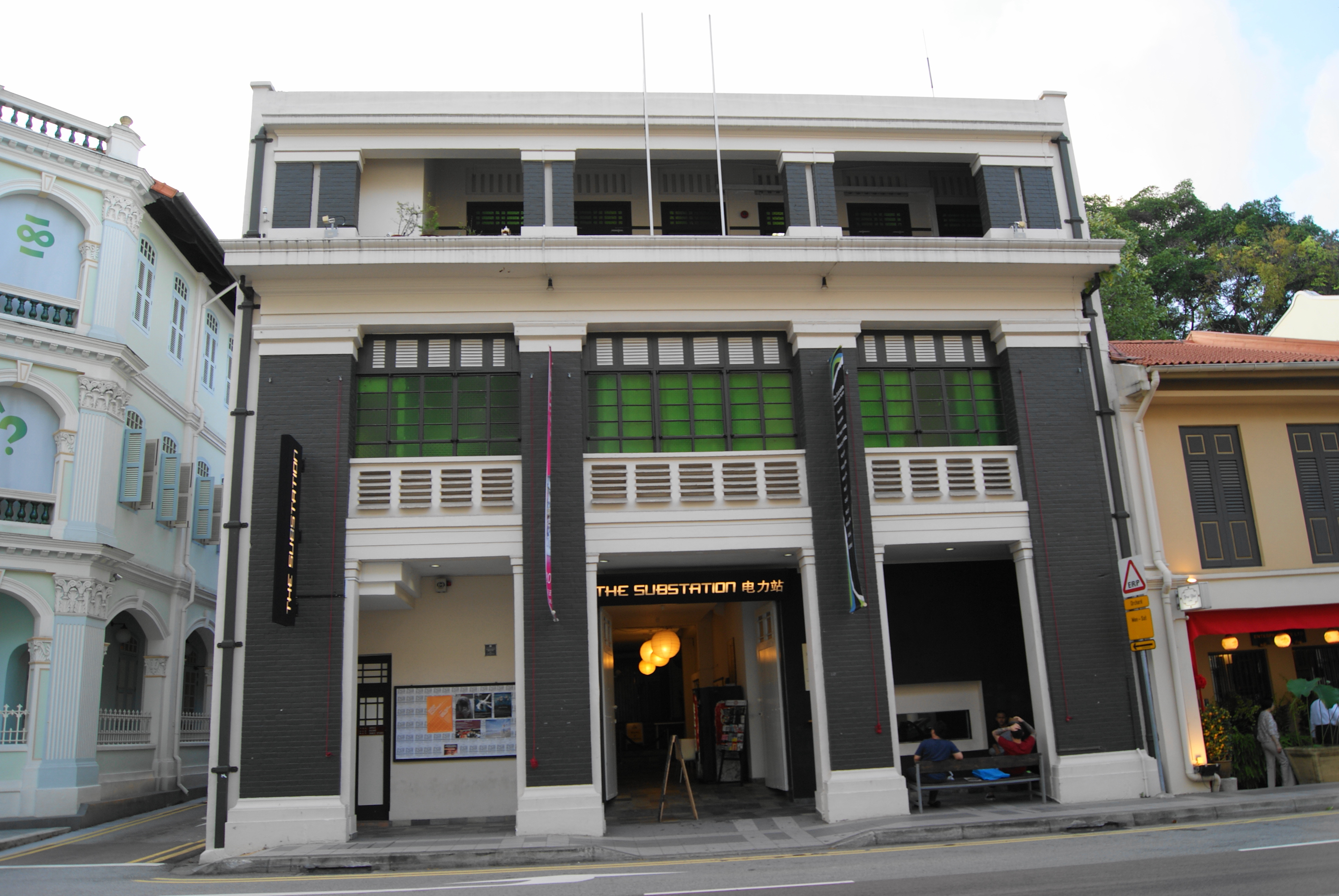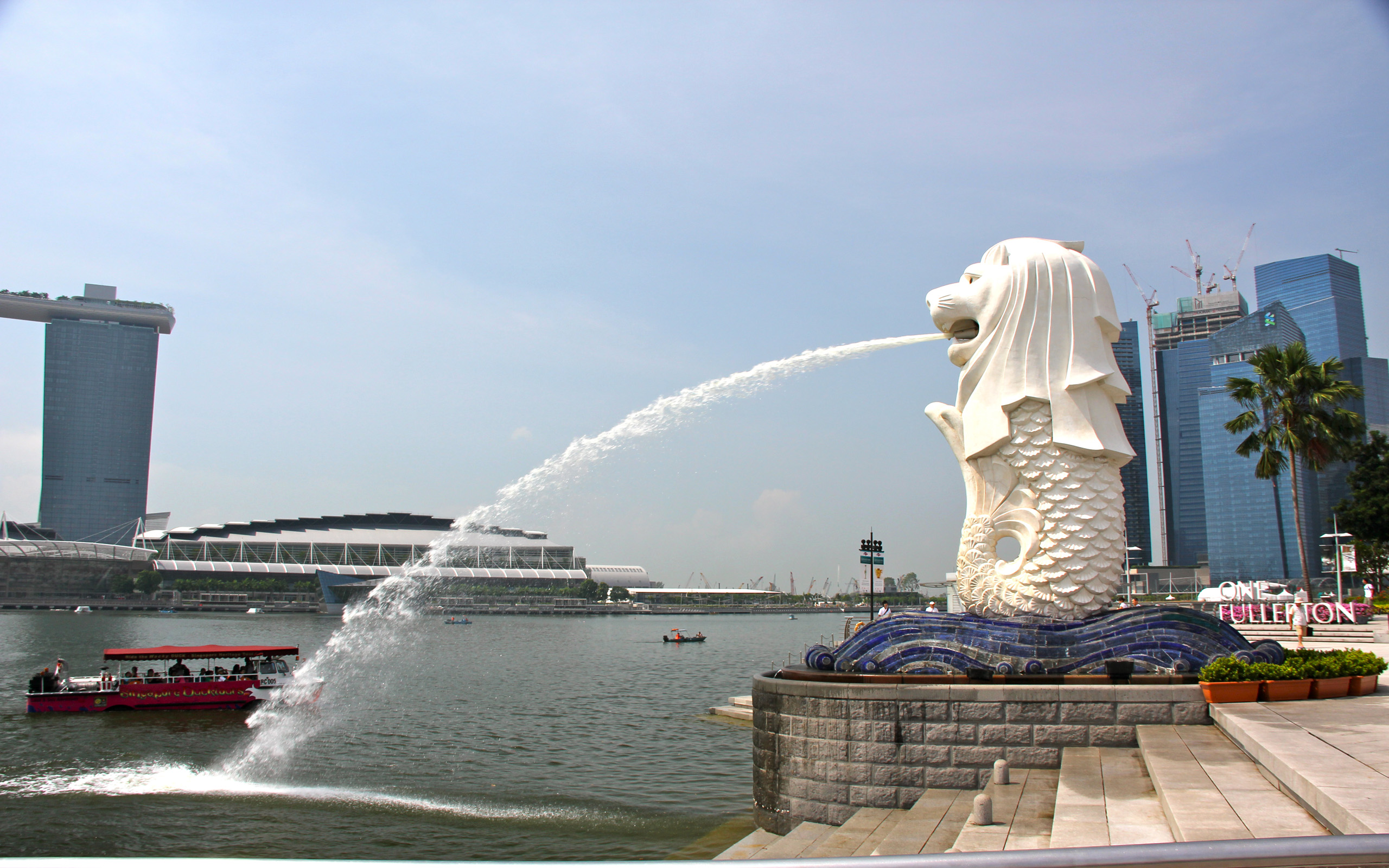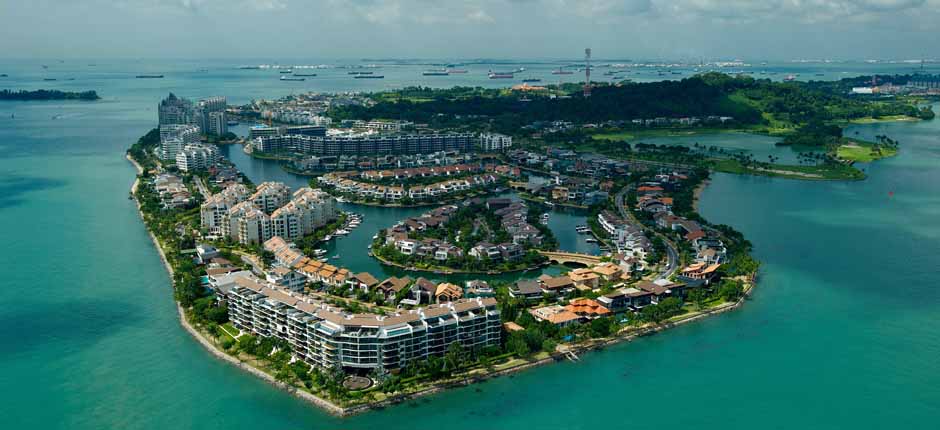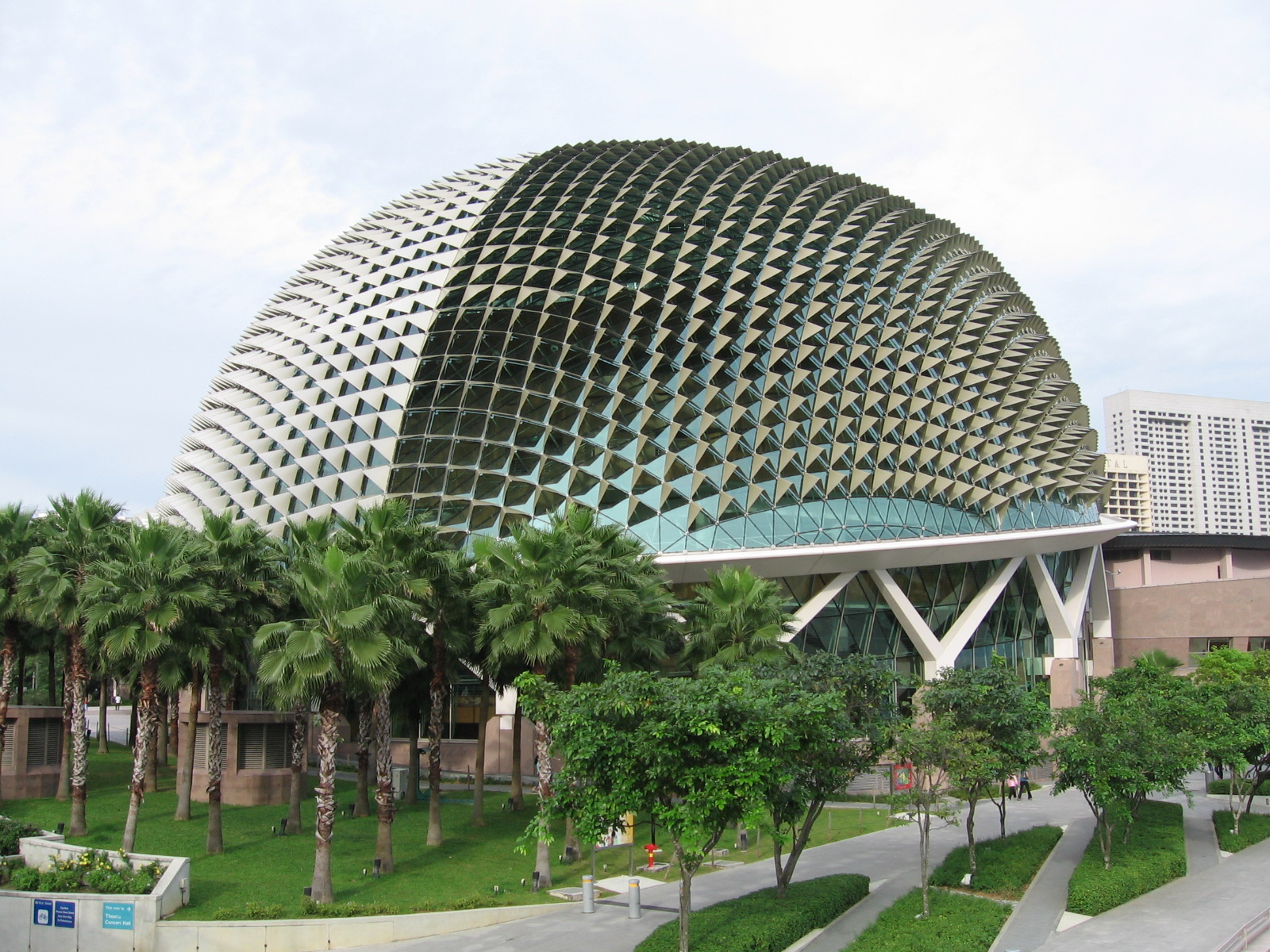Singapore /Singapore /Singapore
Sight Address : 45 Armenian St, Singapore 179936.Edit
Detail InformationEdit
The Substation (Chinese: 电力站) is Singapore’s first independent contemporary arts centre. It was founded in 1990 by Kuo Pao Kun. The Substation is centrally located in the city’s civic district and was the first building under the National Arts Council’s “Arts Housing Scheme”. It officially opened in 16 September 1990. The Substation is a non-profit organization and registered Institution of Public Character in Singapore, which relies on financial and in-kind support from the general public, commercial organizations and government ministries to cover the costs of operating and developing arts & educational programmes.The Substation is committed to nurturing ‘local voices’ in Singapore arts and culture, and supporting diversity and depth in the arts. It also functions as a multi-cultural arts space with a commitment to raising awareness of Singapore’s cultural memories. The Substation presents a wide range of artists and programmes, from traditionally-trained dancers to local rock bands; established visual artists to young poets; publications to international short film festivals; experimental theatre to seminal conferences on Singapore arts and culture. Over the years, The Substation has worked with some of Singapore’s most critically acclaimed artists, writers and intellectuals. The Substation also supports proposals and ideas by younger and emerging artists.The current Artistic Director is Noor Effendy Ibrahim. The Board is chaired by Chew Kheng Chuan.
HistoryEdit
The site of The Substation, as its name suggests, was previously a power sub-station. The building dates from 1926. In 1950 the Public Utilities Board added a garden to house outdoor equipment. The sub-station ended its operations in the late 1970s and the building was left vacant.Throughout the 1980s, there was a consistent and unprecedented increase in government investment in the arts, an emergence of many art activities and capacities initiated by artists and art groups and a dramatic increase of global interest in the arts from Asia and Southeast Asia. Against such a backdrop, the Ministry of Community Development (which then included the arts and culture portfolio) explored ways to develop arts and culture in Singapore in the 1990s. In 1986, dramatist Kuo Pao Kun and Practice Performing Arts sent in a proposal for the conversion of the disused building to an arts center. It was accepted. Also in 1986, the building, together with the adjacent Tao Nan School (now the Peranakan Museum) and the shophouses along Armenian Street (now used by National Heritage Board), were earmarked for conservation under the Urban Redevelopment Authority’s Civic and Cultural Master Plan.In 1989, the MCD officially invited Practice Performing Arts Centre Ltd to manage The Substation and put up funding of $1.07m for the building’s renovation. In June 1990, the interior fittings and equipment installation works were undertaken, and The Substation officially opened on 16 September 1990.In the first five years of The Substation’s history, under the visionary artistic direction of founder Kuo Pao Kun, The Substation was a pioneer arts space in Singapore and was a site for experimentation of all the art forms, especially since there were so few spaces for the arts in that period, let alone spaces for the more experimental arts. Any of the artists who worked with The Substation in the early days were attempting things that were unprecedented in the history of modern arts and culture in Singapore. Even as a venue, The Substation had a significance back then that has since been superseded: then, up-and-coming groups like The Necessary Stage (TNS), one of the most prominent arts groups in Singapore today, staged their plays at The Substation’s Guinness Theatre or in the Garden. The Substation’s founding coincided with a burst of activity in Singapore such as the emergence of professional theatre companies, new writing in theatre, and a new generation of visual artists inspired by new practices and ideas promoted by artists and groups such as The Artists Village (TAV).The first multi-disciplinary, thematic events were held at The Substation. This included The Tree Celebration, which featured installations, mime performances, theatre performances, readings, and Pao Kun’s “Memories” seasons, which explored tradition and heritage from a personal point of view, through art. The “Memories” seasons developed into The Substation’s annual festival SeptFest which was notable for the seminal arts conferences that brought together artists, critics, cultural commentators, civil society activists, and the public.The Substation was part of a trend in the Singapore arts scene when “new” things were emerging. From the beginning, The Substation received critical acclaim because it gave instrumental support to independent artists and arts groups like Zai Kuning and Theatre Ox, opening up a space for such practices.The first arts conference held at The Substation in 1993, “Art vs Art” brought together many of Singapore’s important artists, academics, critics and arts administrators; members of the public were also key participants in this weekend event. The feeling among those who participated was that this bringing together of such diverse people to discuss the arts and the place of the arts in Singapore society was something new, and that it was a special moment in local arts history.The Substation, photographed on 21 January 2006Under The Substation’s second artistic director T. Sasitharan, The Substation entered a more mature phase as an institution as it started the process of institution-building, as its management and financial systems were consolidated, and as the arts scene became more professional and government investment in arts and culture increased. Programs at The Substation were streamlined, international and regional networks expanded, and artists encouraged to develop rigor in their practices and approaches to art. Platforms started under Pao Kun’s leadership – Dance Space, Music Space, Raw Theatre – developed into important showcases for new artistic work in Singapore, through artist commissions. The Moving Images film programme was set up in 1997 with the aim of nurturing Singapore – and later, South East Asian – filmmakers and growing a regional film community. During this period, The Substation continued its support for independent artists by setting up an artist-in-residence programme in line with its original mission to persevering and supporting the development of independent artists into their maturity. However, The Substation faced considerable difficulty in supplying financial resources for the resident artists’ stipends because what most funding bodies and corporate sponsors wanted to support was a final product not the process of experimentation that was a great part of The Substation’s focus.In line with an increasing global interest in “Asian” contemporary arts, The Substation continues to be crucial for Singapore arts and culture. It functions as an incubator of new artistic work, artistic practices, and artists and as a gathering point for the arts community the public. The Substation continues to be a place where young artists and arts groups can have their start and as a space for critical discussion that allows for experimentation. The next challenge for The Substation is to educate a new, young generation about The Substation and the value of maintaining this open space for diverse voices, languages, opinions, and artistic practices in Singapore.“Pao Kun once said that ‘ideally, The Substation should be anything anyone wants it to be: open and flexible enough to do things his or her own way’. This is an alarming statement that seems to invite chaos! But it also represents an image of The Substation as a civic space, and recognizes that civic spaces can be messy. In rule-driven, results-oriented Singapore, The Substation reminds us that we have more than just material needs. The ideal of The Substation — as a public, open space as well as an experimental, contemporary arts centre — is the energy that drives this place. Above all, The Substation is about an ideal of freedom and civic expression, it is egalitarian but also insists on the intrinsic value of the artistic spirit and individualism…” Audrey Wong, Artistic Co-director of The Substation (2000 – 2009)“Unless artists are capable of grappling with the full and unmitigated force of the complications of history, the dilemmas of modernity, the complexities of life as it is lived collectively by men, women and children, they will never be capable of making great art … There can be no great art, no living culture, without great lives, at least lives lived not just expansively but also more deeply.” The Substation was founded in September 1990 by theatre director and writer, Kuo Pao Kun. The centre derives its name from the conservation building which it now occupies. Constructed in 1926, the building was formerly a power substation.The idea of an independent arts centre first came to Kuo in December 1985. He envisioned the future of the then abandoned power substation as a place where people could gather to interact and engage with different arts forms.In collaboration with renowned architect Tay Kheng Soon (who later became the Founding Chairman of the centre), a proposal for the arts centre was created and subsequently submitted to Ministry of Community Development (MCD). The centre was awarded $1.07 million by the MCD in 1989 for the reconstruction of the building. The renovation was completed in June 1990, and the centre was officially opened on 16 September 1990 by then Minister of Community Development, Mr Wong Kan Seng. Kuo was artistic director of the centre from its founding to 1995. He was succeeded by T. Sasitharan. Since 2000, the co-artistic directors are Audrey Wong and Lee Weng Choy.
Must SeeEdit
Attraction
Visiting TimeEdit
9:00 am – 9:00 pm
Closed OnEdit
N.A.
Best Season to VisitEdit
June to July and November to December.
Best Time To VisitEdit
N.A.
Time Required for SightseeingEdit
N.A.
Ticket Required : No Edit
Individual National Adult : N.A.
Kids : N.A.
Individual Foreigner Adult : N.A.
Kids : N.A.
Still Photo Camera : N.A.
Video Camera : N.A.
Guide Required : No Edit
Approximate cost: N.A.
Dress Code (If Any) : No Edit
Dress Require: N.A.
Restaurants NearbyAdd / Edit
How to ReachEdit
Taxi : Taxis are generally very hard to get during peak hours (Mon-Fri 7:00am – 9:30am and Mon-Sat 5:00pm – 8:00pm) and on rainy days. If you are at a hotel, have conceirge call you a taxi. If you are out about town and have access to a cell phone- calling for a taxi will cut your wait time by 20 to 30 minutes. All taxis are fitted with meters; all are air conditioned; the majority of the taxis are 5-seaters; about 90% of taxis have radiophones; call booking is done via GPS or digital voice dispatch. All passengers must fasten their seat belts by law.
For taxi Booking fee is SGD $2.3. Minimum fare for taxi is SGD $3 for first 1Km. Fare above minimum fare until 10Km is SGD $0.55 per Km. Fare above 10Km is charge SGD $0.628 per Km. Taxi Waiting charges per hour is SGD $17.6. Peak Hours charges is diffrent.
Bus : Public buses run daily from 5.30am to midnight. Extended night services cost slightly more (a flat rate ranging from $1.50-$3.00). Otherwise, most fares depend on distance travelled and range from 67 cents to $1.58 for air-conditioned comfort (almost all public buses in Singapore have air-conditioning today). There are also “feeder” bus services that charge a flat rate of 67 cents. Each bus should not take more than 15 to 20 minutes to arrive at the bus stop.
Train : Singapore MRT system is very well connected to different parts of Singapore and very clean! If you have the time and plan to explore around little Sunny island, get the the Singapore Tourist Pass!
It runs 6am-12mn, fares start at S$1 (70cents in EZ link). Tickets can be purchased in all MRT stations. You just have to insert your money through the ticket machine. Rush hour’s usually 7am-9am, 11am-2pm and 4pm-7pm.
Air : Changi Airport is the country’s main airport. From the airport there are a number of ways to get into the city:
Taxi is easiest – simply follow the signs after clearing customs. Meters are always used in Singapore and prices are reasonable. A trip to the city during the day will be between $20-$30 including $3-5 airport surcharge. An additional 50% surcharge applies between midnight and 06:00.
Limousines charge a flat $50 to anywhere in the city and are a pretty good deal after midnight, as you can skip the queue and avoid the surcharge. The same pricing applies to chartering van-sized MaxiCabs, which are good for large families or if you have lots of baggage.
Shuttle – Shared six-seater MaxiCab shuttle service to designated areas/hotels costs $7 and can be booked in advance or in the arrivals hall. 6AM-2AM, every 15-30 min.
Subway – MRT trains run from a station between T2 and T3, but you’ll need to change trains at Tanah Merah to a city-bound train: just exit through the left hand side door and cross the platform. The 30 min ride to City Hall station costs $1.90 plus a refundable $1 deposit, and trains run 05:31-23:18.
Bus – Bus terminals can be found in the basements of T1, T2 and T3. 06:00-23:59 only. Fares are less than $2.00, exact fare required (no change given) if you pay cash.
Others : N.A.
Things to CarryEdit
Safety / WarningEdit
- Please be advised that all bags and personal items are subject to inspection.
HelplineEdit
- Police: 999
- Emergencies/Ambulance/Fire Brigade: 999
- Police Hotline: 1800 353 0000
- Non-emergency ambulance: 1777
- Flight Information (24-hours): 1800-542 4422
- Tourism Information (24-hours): 1800-736 2000




